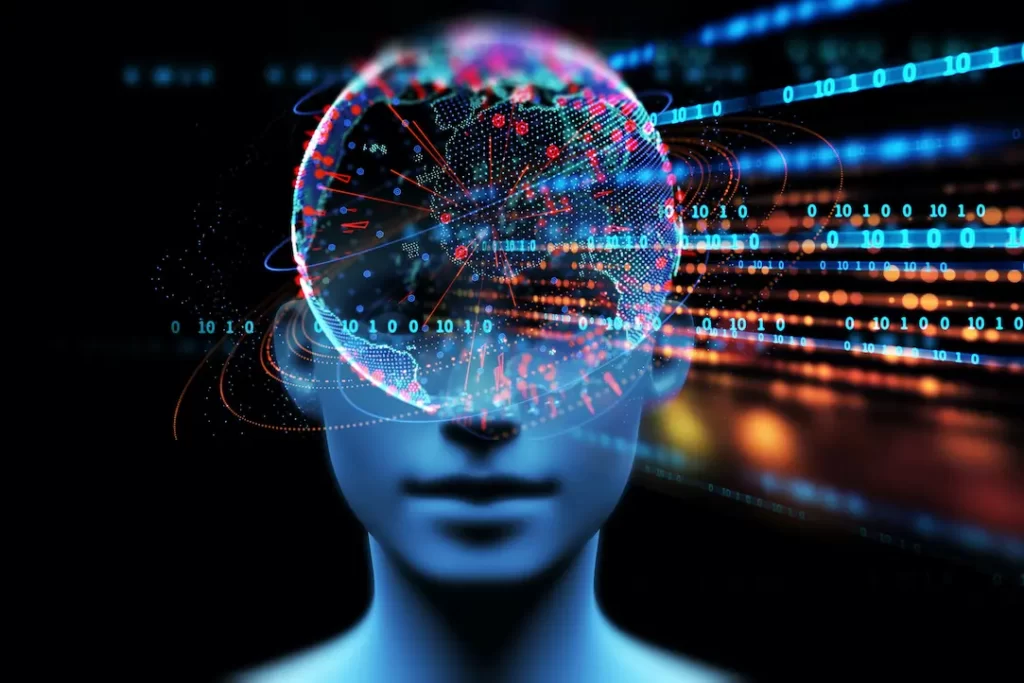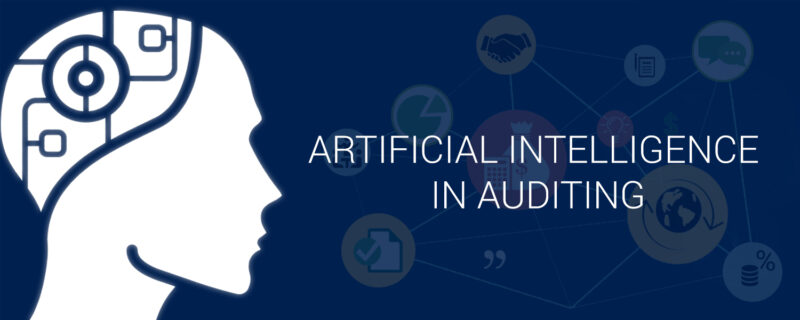The rise of AI has been well documented in industries such as healthcare, technology, education, and marketing, but AI will also transform the field of auditing. Machine learning has the potential to significantly improve audit speed and quality, but it also poses certain risks. The increasingly impressive capabilities of AI will make it feasible in several areas of auditing, which will be discussed in this article.
Table of Contents
The Application Of Artificial Intelligence In Auditing

AI can simplify the auditing process as it helps perform many time-consuming tasks more efficiently. As a conceptual way to achieve anonymous or remote auditing, SAI Nepal is currently planning to implement artificial intelligence tools to assist auditing efforts, including:
Robotic Process Automation (RPA).
Many iterative audit tasks can be performed more efficiently using RPA. After uploading data from audited entities into the SAI’s system, RPA can identify inconsistencies and outliers, which can then be resolved by human auditors.
For example, withholding tax is deducted from the payment at the prescribed tax rate. If such payments are made without stipulating tax deductions, RPA will communicate such information, allowing human auditors to investigate further.
The power of robotics can also be tapped into multiple variables and programmed to provide alerts to different stakeholders.
Search Optimization Tools.
Risk assessment is a core audit activity and SAI Nepal allocates audit resources based on the level of risk.
AI algorithms can be used to classify and cluster entities, while an AI-designed risk engine calculates scores for risk-increasing properties. The risk engine can be programmed to consider various criteria, such as materiality, transaction volume and category, sensitivity and complexity, and categorize audited entities, which aids in resource allocation.
Additionally, AI helps remove the inherent limitations of audit sampling by analyzing transactions using various control points and classifying them as high, medium, or low risk.
Using artificial intelligence algorithms to map control points allows for one-click reviews that can quickly search for high-risk transactions and alert auditors.
Likewise, search optimization tools are equally useful in identifying high-value purchases and geospatial analysis. Search optimization is also effective in revenue auditing, as AI can quickly identify tax return delinquencies and anomalies, such as frequently-losing tax returns, negative gross and net profit margins, and different tax rates that apply to similar items.
Artificial Neural Networks.
The artificial neural network to identify and memorize data or transaction patterns, SAI Nepal is based on issues or observations identified in previous audits (such as cost and time overruns, procurement bill discrepancies, tax miscalculations, unauthorized government grant payments, and unusual spending) Prepare a predictive model to detect similar cases.
In this case, SAI Nepal will use Optical Character Recognition to automatically extract certain fixed field-based information from documents in various formats and will use algorithms that coordinate revenue collection data to help draw audit conclusions.
Information extraction and data mining. AI can be used to collect, cluster, extract and analyze government revenue and spending stored in various systems. Algorithms can also corroborate import and export data from integrated systems to quickly identify anomalies.
For example, SAI Nepal can use artificial intelligence to find and compare the catalog prices of goods published by producers with government procurement prices. Likewise, a company’s sales information can be investigated by applying data mining techniques on social media or related websites.
Natural Language Processing.
These algorithms can automatically classify audit observations based on historical data to learn criteria and apply similar rules to task automation.
Natural language understanding allows data to be reviewed and automatically generated questionnaires to be sent to audited entities when significant gaps arise.
For example, if a system finds that a taxpayer’s overhead, wages, selling, and distribution expenses have increased significantly from the previous year, it can automatically generate questions about the cause and evidence of such a situation.
Likewise, if an entity does not comply with procurement rules throughout the year, natural language processing may raise questions and require clarification from the entity being audited.
Will AI Replace Auditors?
As with any transformative technological development, some opponents predict that the advent of AI auditing could spell the demise of the auditing profession. However, this is overly pessimistic. Most experts in the field of artificial intelligence believe that machine learning enhances accountants and auditors, not replaces them. The role of auditors may evolve, and the skills needed to thrive may change, but the prospects for AI auditors to replace talent are not rosy.
A possible future issue for the industry is the skills gap related to AI and auditing. Overseeing these highly intelligent machines will be key to the company’s success. And those with advanced knowledge of this complex technology may gain a commercial advantage. AI may solve many accounting and auditing problems, but companies still have to stay ahead to be competitive.
Summarize
By enabling auditors to work better and smarter, AI will help them optimize their time so they can use human judgment to analyze broader and deeper sets of data and documents.




